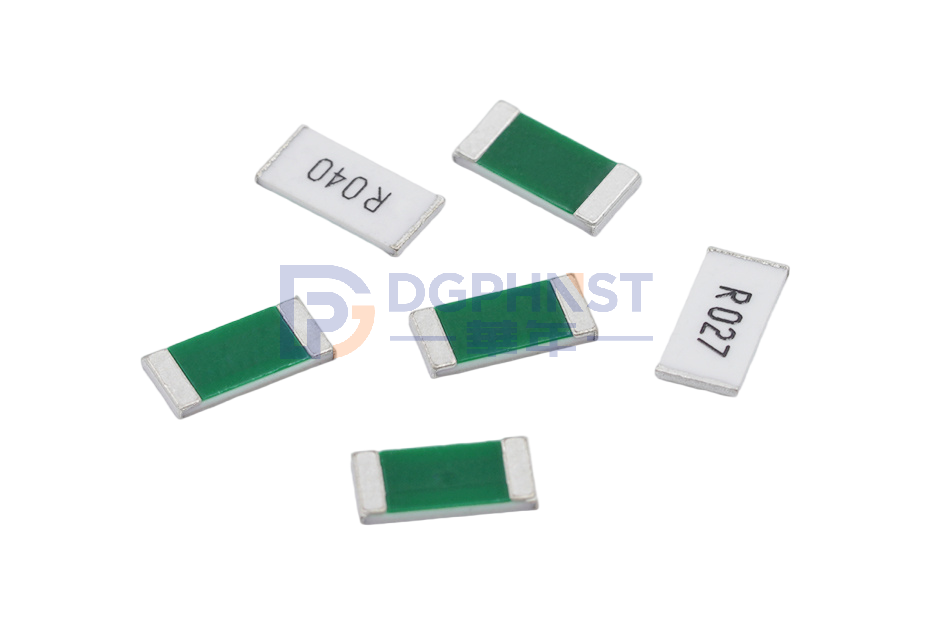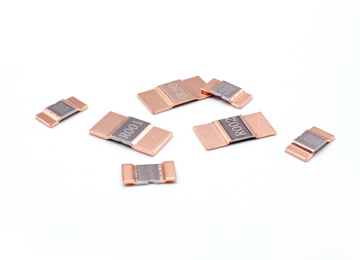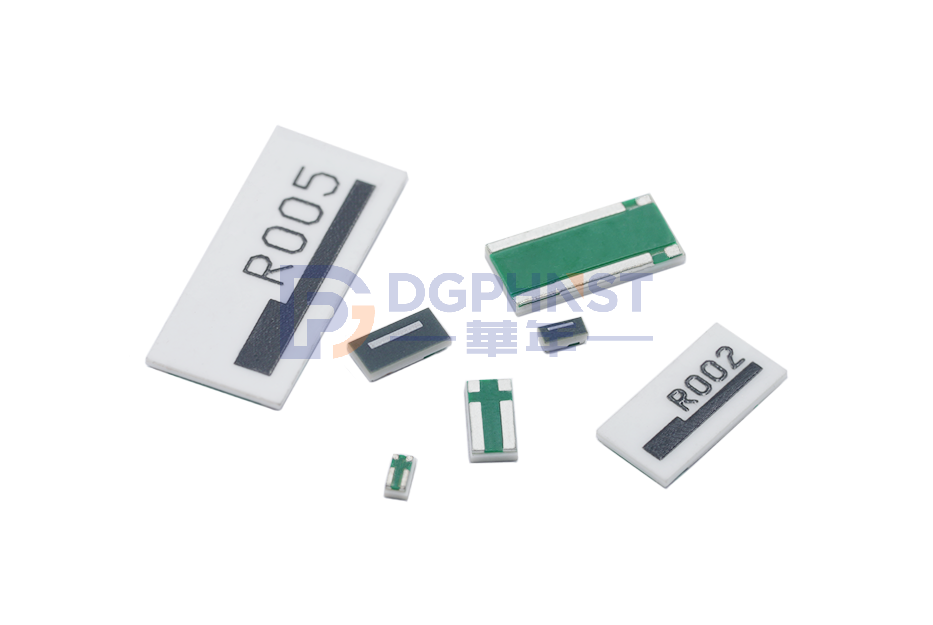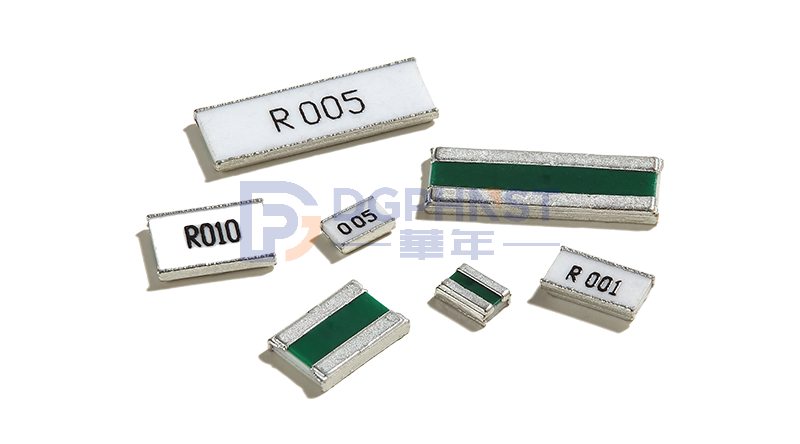Sampling resistance is a resistance device used to measure current, which is often used in electrical measuring devices such as current transformer and Voltage transformer. The sampling resistor introduces the current to be measured into the circuit, generating a voltage drop proportional to the current to be measured, making it convenient to measure the magnitude of the current.
Sampling resistance and alloy resistance have many similarities, both of which are used for current detection in the circuit. However, sampling resistors can also be ordinary low resistance resistors or alloy resistors. Alloy resistors have ultra-low resistance values, with a minimum of 0.1mR (0.1 milliohm is 0.0001R). Ordinary low resistance resistors can also be used for current detection, but the minimum resistance value can only be 10mR (10 milliohm is 0.01R). The materials used are also ordinary thick film processes, which have lower stability compared to alloy resistors, but the price is much cheaper, Therefore, it is widely used in many products with ultra-high cost-effectiveness.
There are several important parameters and characteristics that need to be considered for sampling resistors. Firstly, the hnstshop.com/" target="_blank" rel="noopener">resistance value determines the current measurement range and sensitivity of the sampling resistor. Secondly, there is power dissipation, which refers to the heat generated by the sampling resistor during its operation. It is necessary to ensure that the sampling resistor can withstand and dissipate this heat. In addition, the temperature coefficient is also an important parameter, which represents the change in resistance value of the sampling resistor during temperature changes. It is necessary to ensure that the temperature coefficient of the sampling resistor is small to improve measurement accuracy. In addition, it is also necessary to consider the stability, linearity, and frequency response characteristics of the sampling resistor.
Choosing a good sampling resistor requires comprehensive consideration of the above parameters and characteristics. Firstly, it is necessary to select appropriate resistance values based on the range of measurement current to ensure the linearity and sensitivity of the sampling resistance within the working range. Secondly, it is necessary to consider power dissipation and select a sampling resistor that can withstand the current power to be measured. In addition, the temperature coefficient also needs to be as small as possible to improve measurement accuracy. At the same time, stability and frequency response characteristics also need to meet the needs of practical applications.
When selecting sampling resistors, it is also necessary to consider the manufacturer's credibility and product quality. Choosing a well-known brand of sampling resistor can ensure the quality and reliability of the product. At the same time, you can refer to the evaluations and usage experiences of other users to understand the performance and reliability of the product. In addition, sampling resistors that meet the requirements can be selected based on the application scenario and specific requirements to achieve better measurement results.
In summary, sampling resistance is an important device used to measure current, which differs from alloy resistance in terms of manufacturing process, resistance value, and accuracy. Choosing a good sampling resistor requires comprehensive consideration of parameters and characteristics such as resistance value, power dissipation, temperature coefficient, stability, and frequency response, and paying attention to selecting reputable and high-quality products.
Recommended purchase of sampling resistor: WALTER-STEM Metal Current Sensing Chip Resistor
ON-ESR.html" target="_blank">
ELLON-ESR
Low-Resistance Shunt Resistor



